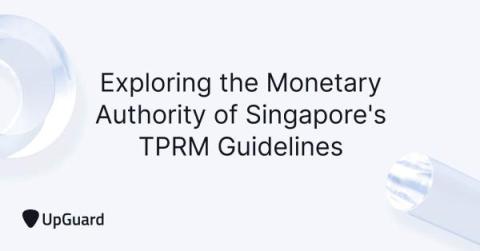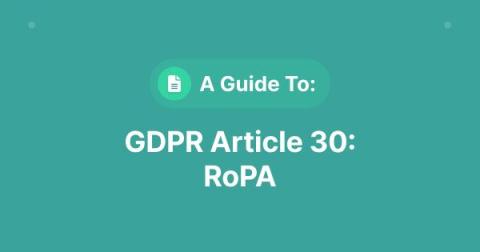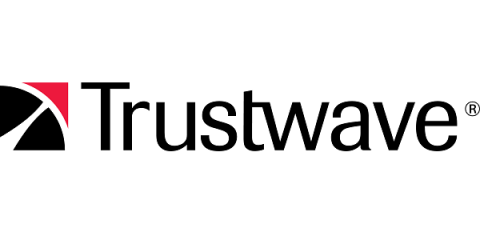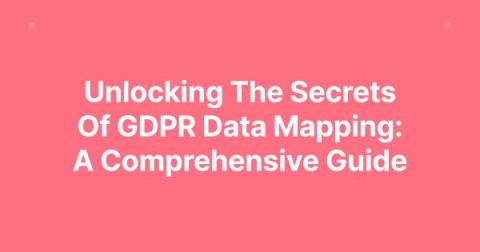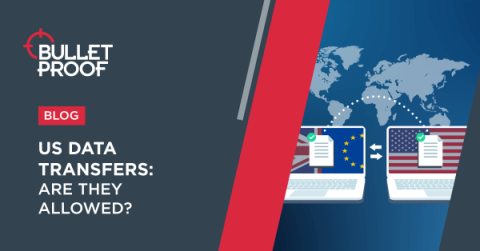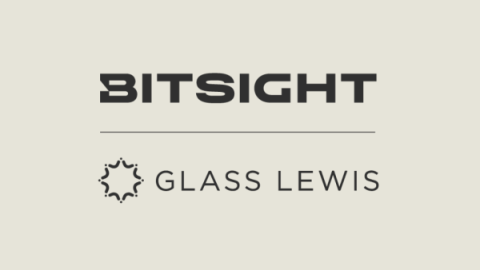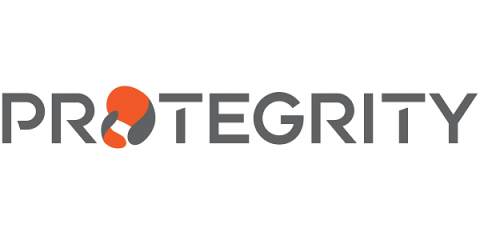Security | Threat Detection | Cyberattacks | DevSecOps | Compliance
Latest News
BlackCat Ransomware's New SEC Reporting Tactic: Turn Regulations Against Victims
Man Bites Dog: In an unusual twist in cybercrime, the ransomware group BlackCat/ALPHV is manipulating the SEC's new 4-day rule on cyber incident reporting to increase pressure on their victims. This latest maneuver highlights a sophisticated understanding of regulatory impacts in ransomware strategies.
A Guide to GDPR Article 30: RoPA (Records of Processing Activities)
Data privacy has never been more critical for business success as it is today, and organizations worldwide are grappling with the stringent requirements of the General Data Protection Regulation (GDPR). One crucial aspect of GDPR compliance is maintaining a Record of Processing Activities (RoPA), which serves as a testament to an organization’s commitment to data protection. But what exactly is a RoPA, and how can organizations create and manage one effectively?
Trustwave Measures the Pros and Cons of President Biden's Executive Order to Regulate AI Development
President Joe Biden, on October 30, signed the first-ever Executive Order designed to regulate and formulate the safe, secure, and trustworthy development and use of artificial intelligence within the United States. Overall, Trustwave’s leadership commended the Executive Order, but raised several questions concerning the government’s ability to enforce the ruling and the impact it may have on AI’s development in the coming years.
What does Biden's Executive Order on AI safety measures mean for businesses?
On October 30, U.S. President Joseph Biden issued a sweeping Executive Order (“EO”) focused on making AI safer and more accountable.
Unlocking the Secrets of GDPR Data Mapping: A Comprehensive Guide
Imagine a world where you confidently navigate the complexities of General Data Protection Regulation (GDPR) compliance, streamline data processes, and safeguard sensitive information. Sounds enticing, right? The key lies in unlocking the secrets of GDPR data mapping. Let’s explore the ins and outs of this powerful process and learn how to harness its full potential for your organization.
US data transfers: are they allowed?
US data transfers... are they allowed? Well. Yes. It depends....it’s complicated. Let’s get stuck in and I’ll explain all. In July this year, the EU Commission made an adequacy decision for the new EU-US Data Privacy Framework (DPF). This can be seen as Safe Harbor 3.0. Essentially, in most scenarios, data transfers from the EU to the US are now permitted without the need for other mechanisms such as Standard Contractual Clauses (SCCs).
SEC's Cybersecurity Regulations, Part III: The Relationship Between the CISO & The Board
Law 25 (Quebec's Bill 64) FAQs on Data Privacy
Quebec’s Law 25, also known as Bill 64, is a comprehensive data privacy law that introduces stringent requirements for organizations handling personal information. Non-compliance can have, and likely will have severe consequences for businesses, resulting in costly fines and reputation loss, which impact businesses greatly. Protegrity’s pseudonymization solutions can help organizations simplify Law 25 compliance and avoid fines.
SOX VS SOC - Mapping the Differences
Let’s explore the critical differences between SOC and SOX compliance. In the realm of information security and financial reporting, compliance enables organizations to build trust and transparency with stakeholders. To accomplish this, companies must adhere to specific regulations and standards. SOC and SOX represent two pivotal compliance frameworks that help maintain financial reporting integrity and data security.


